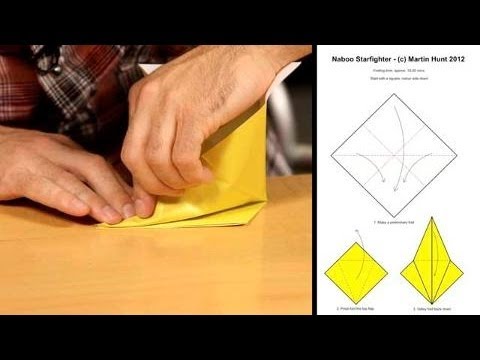Analyzing Bloodstains at a Crime Scene: Understanding the Science Behind Blood Pattern Analysis
Summary
In this article, we delve into the complex process of analyzing bloodstains at a crime scene. By understanding the different types of blood patterns and how to interpret them, forensic scientists can gather crucial evidence and clues about the crime.
Table of Contents
- Elliptical and Circular Stains: Understanding the Angle of Impact and Height of Source
- Calculating the Area of Origin and Interpreting Passive Drip Patterns
- Types of Blood Patterns: Swipe, Cast-Off, Void, and More
- The Importance of Training and Experience in Blood Pattern Analysis
Elliptical and Circular Stains: Understanding the Angle of Impact and Height of Source
Bloodstains come in various shapes and sizes, and their appearance can provide valuable information about the crime. Elliptical stains, for example, are typically created by a blood droplet that strikes a surface at an angle. By measuring the long and short axis of the stain, forensic scientists can determine the angle of impact and the height of the source of the blood. Circular stains, on the other hand, are typically created by a blood droplet that strikes a surface at a 90-degree angle. By analyzing the size of the stain, forensic scientists can estimate the velocity of the blood droplet.
Calculating the Area of Origin and Interpreting Passive Drip Patterns
One of the most important aspects of blood pattern analysis is calculating the area of origin, which is the point in space where the blood pattern was created. This process involves analyzing the location, shape, and size of the bloodstains, as well as the directionality of the blood droplets. Forensic scientists can also interpret passive drip patterns, which are created by gravity acting on blood that is dripping from a wound. By analyzing the shape and size of these patterns, forensic scientists can determine the position of the victim when the blood was dripping.
Types of Blood Patterns: Swipe, Cast-Off, Void, and More
In addition to elliptical and circular stains, there are several other types of blood patterns that forensic scientists must be able to interpret. Swipe patterns, for example, occur when blood is on a surface and is being wiped or moved in a specific direction. Cast-off patterns, which are a subcategory of spatter, occur when blood is on an object and is flung off as the object is moved. Void patterns, on the other hand, occur when a normally continuous pattern is interrupted or blocked by something. Interpreting these patterns is a complex process that requires training and experience.
The Importance of Training and Experience in Blood Pattern Analysis
It is important to note that blood pattern analysis is not a simple process, and there are no absolutes in this field. Forensic scientists must be highly trained and experienced in order to accurately interpret blood patterns and gather important evidence and clues about the crime. Even then, there can be multiple interpretations of the same pattern, which underscores the importance of collaboration and peer review in this field.
Conclusion
Analyzing bloodstains at a crime scene is a complex and important process that requires a deep understanding of the science behind blood pattern analysis. By carefully analyzing the different types of blood patterns and interpreting their meaning, forensic scientists can gather crucial evidence and clues about the crime that can help bring perpetrators to justice.







